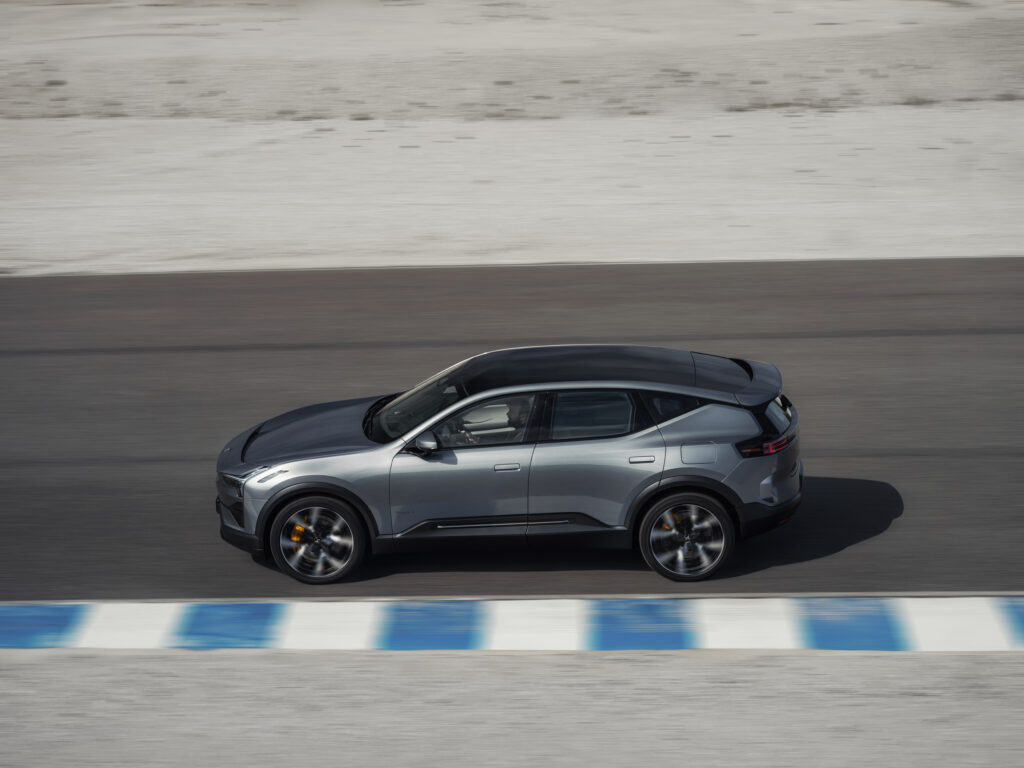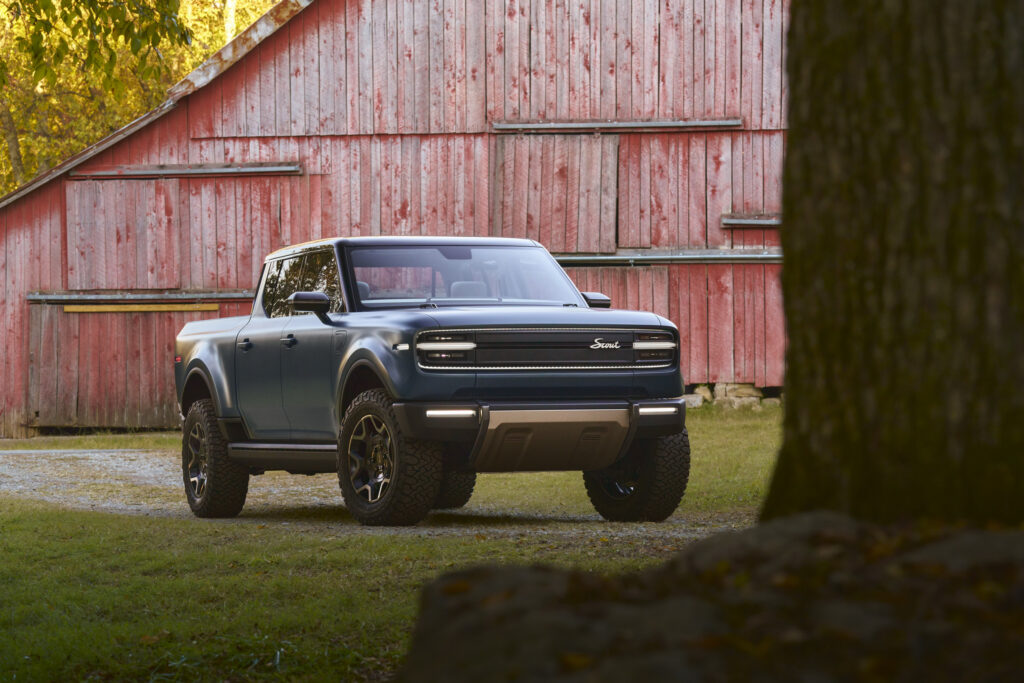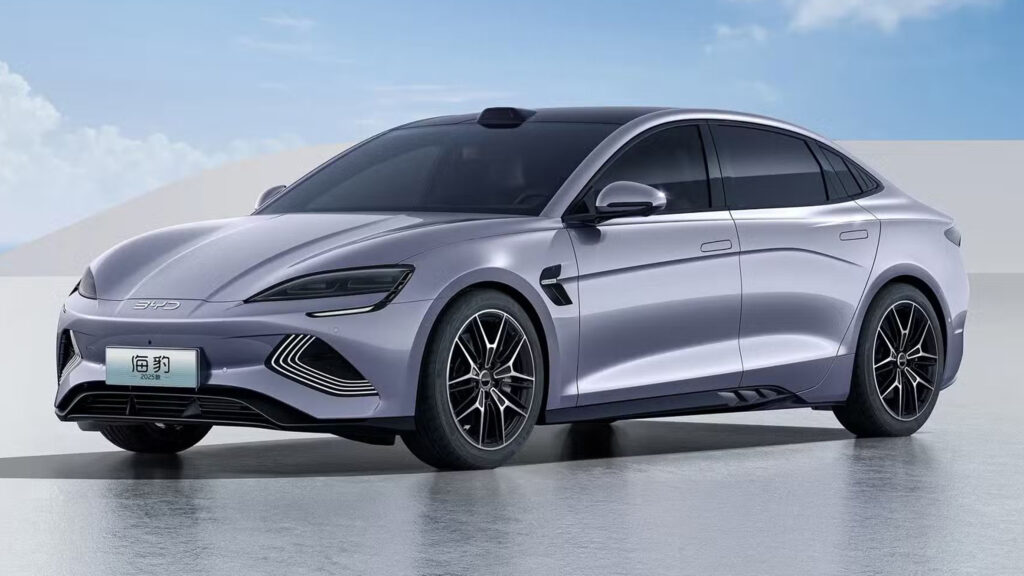Smallest Ioniq Spills Secrets On Hyundai’s New Infotainment Setup

- Hyundai’s Ioniq 3 prototypes shed their heavy camouflage during tests.
- Small electric crossover evolves from September’s Three concept.
- Sharing its base with Kia’s EV4, it runs on 400-volt E-GMP hardware.
Hyundai’s next big (or rather, small) electric debut is edging closer to reality and this time photographers haven’t only captured the upcoming Ioniq 3 testing without heavy disguise, but they got to peek inside and check out a very different interior layout.
Related: Hyundai Gives Its Smallest N Line SUV Sharper Looks And Smarter Tech
The Ioniq 3, a production version of the Three concept Hyundai revealed in September at the Munich motor show, is positioned below the Ioniq 5 and Ioniq 6, being smaller and slightly less sophisticated.
Styling
Where those models ride on the high-spec 800-volt E-GMP platform, the new 3 will use a simplified version of the same architecture running on 400-volt electrics.

That means slightly slower charging and potentially smaller motors, but also a more affordable entry point for Hyundai’s EV lineup, and an internal competitor for the closely related Kia EV4. But their very different designs means the casual buyer will never guess the connection.
These latest images show a clean, confident shape with a sporty low nose, but also a raised ride height that gives the little hatch a more crossover-y stance than the concept had.
The door handles – recessed, not pop-out – and tapering roofline hint at good aerodynamics, and the high-set tail means the silhouette (but not the rising waistline) reminds us of Alfa Romeo’s classic Sud sedan.
New Infotainment System

Inside, the Ioniq 3 looks very different from its Ioniq 5 and 9 brothers, junking their conjoined gauge cluster and infotainment displays for for a super-slim digital instrument pack directly under the windshield and a large, Tesla-style tablet touchscreen mounted above the console.
Also: Hyundai’s New Pleos Infotainment System Looks Like A Tesla Knockoff
Speaking of that tablet-style display, as you can see from the pictures, it appears to be running Hyundai’s new Pleos Connect infotainment system set to launches in 2026.
Built on Android Automotive OS, it adopts a smartphone-like interface with customizable menus and cloud-based user profiles known as Pleos ID, allowing drivers to load their preferences in any Pleos-equipped vehicle.

The system integrates Gleo AI, an intelligent voice assistant designed to handle navigation, media, and vehicle functions through natural conversation.
There’s no sign of the concept’s moveable digital widget blocks, but it’s good to see some hard keys and rotary knobs fitted below the main display.
SH Proshots
Powertrain
Detailed specs are still under wraps, but based on what we know about the Kia EV4 (which is no longer coming to the US) it could comes with 58.kWh and 81.4kWh battery options, and might launch with a single 201 hp (204 PS / 150 kW) motor driving the front wheels.
That setup would give a zero to 62 mph (100 kmh) time of just over 7 seconds and a range of close to 400 miles (644 km).
With the camouflage now lighter and the design details nearly finalized, it looks like the Ioniq 3 is entering the final stretch of development.
Hyundai is expected to pull the covers off the production model midway through 2026. It may be the smallest Ioniq yet, but it could turn out to be Hyundai’s most important.








































